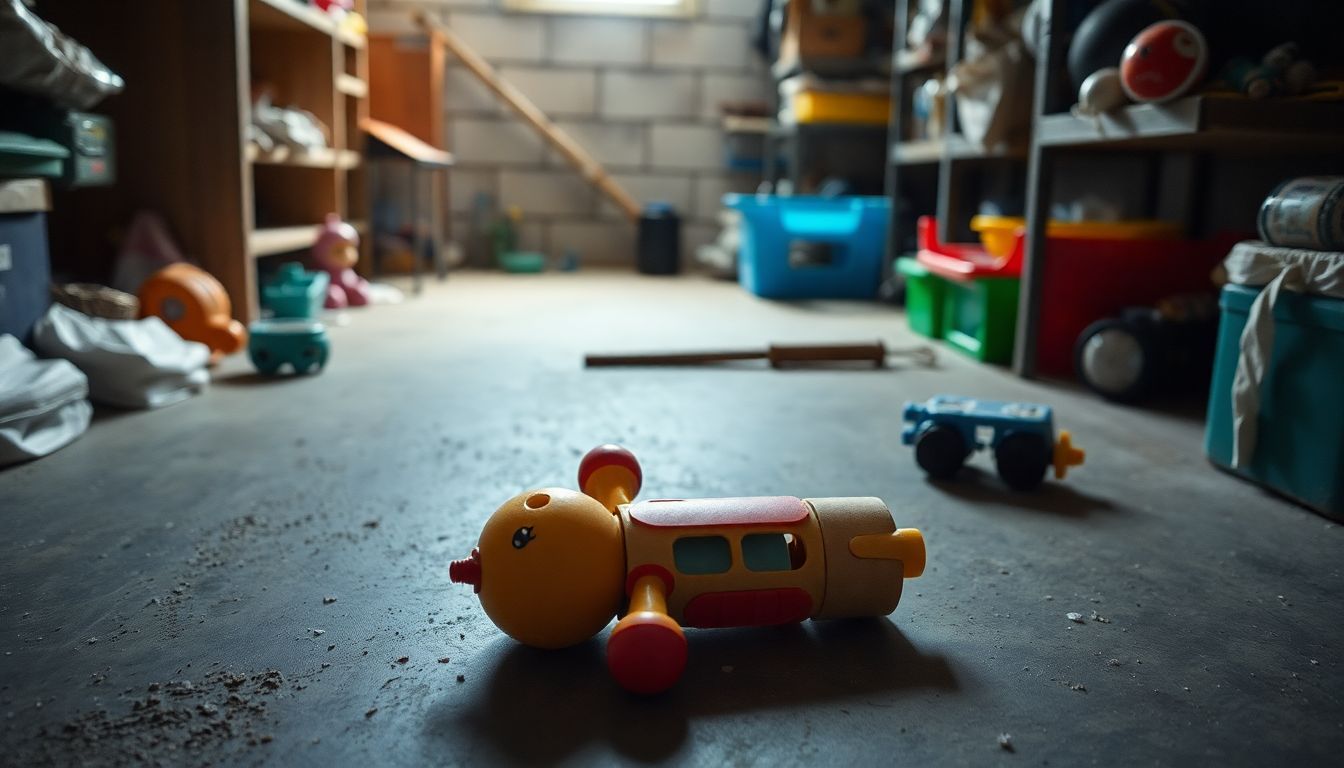Defective products can cause harm and leave you wondering about your rights. Product liability laws protect consumers from unsafe goods. This article explains your rights and how to seek help if a product hurts you.
Read on to learn how to stay safe and get fair treatment.
Key Takeaways
- Product liability laws protect consumers from harm caused by defective products, covering all parts of the supply chain from designers to retailers.
- Three main types of product defects exist: manufacturing defects, design defects, and marketing defects (failure to warn).
- Legal theories in product liability cases include breach of warranty, negligence, and strict liability, with each affecting case outcomes differently.
- Consumers can seek compensation for medical bills, lost wages, and pain through legal remedies, including settlements and alternative dispute resolution methods.
- Notable cases like Greenman v. Yuba Power Products (1963) and the Ford Pinto case have shaped product liability law and improved consumer protections.
Definition and Scope of Product Liability

Product liability refers to the legal duty of manufacturers and sellers to ensure their products are safe for consumers. This area of law holds companies responsible for injuries or damages caused by defective items.
The scope of product liability covers a wide range of goods, from toys to cars to medical devices. It applies to all parts of the supply chain, including designers, manufacturers, suppliers, and retailers.
Product liability law protects consumers from harm caused by defective products.
Courts use different theories to decide product liability cases. These include negligence, breach of warranty, and strict liability. Negligence means the company failed to take proper care in making or selling the product.
Breach of warranty happens when a product doesn’t work as promised. Strict liability focuses on the product itself, not the company’s actions. In the U.S., product liability laws vary by state, as there is no federal law covering all cases.
Types of Product Defects
Product defects can harm consumers and lead to liability claims. Three main types of product defects exist, each with unique characteristics.
- Manufacturing Defects: These occur during production, making a product unsafe.
- Arise from oversight, equipment issues, or poor quality control
- Example: A car with faulty brakes due to a manufacturing error
- Can affect a single item or an entire batch of products
- Design Defects: These flaws exist in the product’s conception, making it unsafe.
- Present in all units of a product line, not just isolated items
- Example: A toy with small parts that pose a choking hazard to children
- Often require a complete redesign to fix the issue
- Marketing Defects: These involve misleading labels or inadequate warnings.
- Also known as “failure to warn” defects
- Example: A medication without proper dosage instructions
- Can lead to misuse or improper handling of otherwise safe products
Theories of Liability
Product liability cases rest on three main legal theories: Breach of Warranty, Negligence, and Strict Liability. Breach of Warranty deals with contracts between buyers and sellers, covering both express and implied promises.
Negligence focuses on the lack of ordinary care by any party in the product’s chain. Strict Liability allows consumers to seek damages for defective and dangerous products, even without proof of fault.
These theories shape how courts handle product liability claims. Negligence requires proof that a maker or seller failed to use reasonable care. Strict liability, on the other hand, looks at whether a product was defective and unsafe, not at the intent or carelessness of those involved.
My work on these cases has shown how each theory affects the outcome for injured consumers.
Key Elements of a Product Liability Case
Moving from theories of liability, we now focus on the key parts of a product liability case. These cases need strong proof to win. First, you must show the product had a flaw. This could be in its design, how it was made, or how it was sold.
Next, you have to prove this flaw caused your injury. You also need to show you used the product as it was meant to be used. Lastly, you must give clear proof of your injuries or losses.
This might include medical bills or lost wages.
Legal experts often help with these cases because they can be hard to prove. They know how to gather the right evidence and present it well. They can also help figure out who is at fault.
This might be the maker, seller, or someone else in the supply chain. With the right proof and help, you can build a strong case for your product liability claim.
Legal Remedies for Consumers
Consumers hurt by faulty products have legal options. They can seek money for medical bills, lost wages, and pain. Courts may also give out punitive damages to punish bad companies.
To file a claim, victims must show harm, gather proof, and talk to a lawyer. Keeping the broken item, getting medical records, and expert help are key steps.
Many product cases end without going to court. Settlements and other ways to solve fights are common. These methods can be faster and less costly than trials. Consumers should know their rights and the ways they can get help after being hurt by a product.
Additional Insights on Consumer Rights
Consumer rights extend beyond basic product liability laws. Learn about warranties, regulatory agencies, and consumer protection organizations to safeguard your interests.
The Role of Consumer Protection Agencies
Consumer protection agencies play a vital role in safeguarding public interests. These agencies enforce product liability laws and keep a close eye on markets for dangerous items. The Consumer Product Safety Commission (CPSC) sets safety standards and manages product recalls.
It also fines companies that break the rules and offers guidelines for safe production. Consumers can report defects to these agencies, which helps create broader safety measures.
These watchdog groups work hard to keep hazardous products off store shelves. They set clear rules for companies to follow and take swift action when problems arise. Their efforts help ensure that the items we buy and use every day meet basic safety standards.
The next section will explore warranties and guarantees, which are key tools in protecting consumer rights.
Understanding Warranties and Guarantees
Warranties and guarantees play a key role in product liability and consumer rights. These legal promises protect buyers from defects and failures in products they purchase. Warranties come in two forms: express (clearly stated) and implied (assumed by law).
They set clear standards for product performance and safety, which helps build trust between consumers and brands.
Consumers often look for warranties when making buying choices. A strong warranty can make a product more appealing and increase the likelihood of a sale. It shows that a company stands behind its goods and gives buyers peace of mind.
This assurance of quality can lead to stronger brand loyalty and fewer liability claims against businesses.
Regulatory Agencies and Recourse
Regulatory agencies play a vital role in protecting consumers from unsafe products. The Consumer Product Safety Commission (CPSC) sets safety standards and manages product recalls.
These agencies watch markets closely to spot dangerous items and can order recalls or fine companies that break rules. Consumers can report faulty products directly to these agencies, which helps create wider safety measures.
Agencies also give clear guidelines for making safe products. They work with suppliers to ensure they follow all rules. This system helps keep harmful items off store shelves and gives shoppers a way to act if they encounter unsafe goods.
By working together, regulators, businesses, and consumers create a safer marketplace for everyone.
Notable Product Liability Cases
Notable product liability cases have shaped consumer rights and corporate responsibilities. These landmark decisions have set precedents for future legal battles and consumer protections.
| Case | Year | Significance |
|---|---|---|
| Greenman v. Yuba Power Products, Inc. | 1963 | Established strict product liability principle |
| Barker v. Lull Engineering Co. | 1978 | Introduced “risk-utility” test for product design safety |
| Ford Pinto Case | 1970s | Exposed dangers of prioritizing profit over safety |
| MacPherson v. Buick Motor Co. | 1916 | Established manufacturers’ duty of care to consumers |
| Ford Motor Co. v. Stubblefield | 1988 | Highlighted manufacturers’ duty to monitor product safety |
| Case v. State Farm | 2003 | Influenced discussions on tort reform in product liability |
These cases have had a lasting impact on product safety standards. They have forced companies to prioritize consumer well-being. As a result, many products we use daily have become safer. The legal system continues to evolve to protect consumers from harmful products.
Tips for Businesses to Avoid Product Liability Claims
Businesses must take proactive steps to avoid product liability claims. These tips will help companies reduce their risk and protect consumers:
- Implement a strong quality control program. Test products thoroughly before release. Use rigorous checks at each stage of production to catch defects early.
- Follow all safety regulations. Stay current on industry standards and government rules. Make sure products meet or exceed all safety requirements.
- Provide clear warnings and instructions. Label products with easy-to-understand safety information. Include detailed user manuals that explain proper use and potential risks.
- Keep detailed records. Document all quality control processes, testing results, and safety measures. These records can help defend against claims if issues arise.
- Train employees on safety standards. Educate staff about product safety and quality control. Make sure everyone understands their role in preventing defects.
- Maintain open communication with suppliers. Work closely with vendors to ensure all components meet safety standards. Address any quality concerns quickly.
- Get the right insurance coverage. Obtain product liability insurance suited to your specific risks. Review policies regularly to ensure adequate protection.
- Use hazard warnings effectively. Place clear, visible warnings on products and packaging. Highlight potential dangers and proper usage guidelines.
- Establish a product recall plan. Create a system to quickly remove faulty products from the market if needed. Practice recall procedures to ensure readiness.
- Monitor customer feedback. Pay attention to user complaints and concerns. Address issues promptly to prevent small problems from becoming major liabilities.
Conclusion
Product liability laws protect consumers from harm caused by faulty goods. Knowing your rights helps you stay safe and seek justice if needed. You can hold makers and sellers responsible for defective products.
Consumer protection agencies offer support in these matters. By staying informed, you become a smart shopper and advocate for safer products in the market.
For further legal support, especially for those involved in offshore construction accidents, be sure to visit our comprehensive guide on the matter.
FAQs
1. What is product liability?
Product liability refers to a manufacturer’s legal duty to ensure their goods are safe for consumers. This law protects buyers from harm caused by defective items. If a product injures you, you may have the right to seek compensation.
2. How do I know if I have a valid product liability claim?
To have a valid claim, you must prove the product was defective and caused your injury. Three types of defects exist: design flaws, manufacturing errors, and inadequate warnings. Document your injury and keep the product as evidence to support your case.
3. What damages can I recover in a product liability lawsuit?
In a successful lawsuit, you may recover medical expenses, lost wages, and pain and suffering damages. Some cases might also award punitive damages to punish the manufacturer for extreme negligence. The specific amount depends on your case’s details.
4. Is there a time limit for filing a product liability claim?
Yes, each state has a statute of limitations for product liability claims. This legal deadline varies but typically ranges from one to six years after the injury occurs. It’s crucial to act promptly and consult a lawyer to understand your state’s specific time limits.
References
- https://www.hanover.com/businesses/business-customer-resources/hanover-risk-solutions/introduction-product-liability-law
- https://ohiotiger.com/types-of-product-defects/
- https://www.yourwisconsininjurylawyers.com/articles/three-legal-theories-for-products-liability/
- https://www.chrisearley.com/blog/product-liability-101-understanding-your-rights-as-a-consumer/
- https://www.finchmccranie.com/blog/product-liability-claim-protecting-your-rights-as-a-consumer/
- https://www.finchmccranie.com/blog/principles-and-legal-frameworks-of-product-liability-law/ (2024-09-30)
- https://azbigmedia.com/business/law/product-liability-understanding-consumer-rights-and-corporate-responsibility/ (2024-11-17)
- https://www.researchgate.net/publication/228050757_A_Theory_of_the_Consumer_Product_Warranty (2024-10-22)
- https://www.researchgate.net/publication/313886157_CONSUMER_WARRANTY_AS_A_GENRE
- https://www.mrblaw.com/landmark-product-liability-cases-that-changed-the-law/
- https://www.dobbslawfirm.com/avoid-product-liability-claims-tips-from-professionals/

